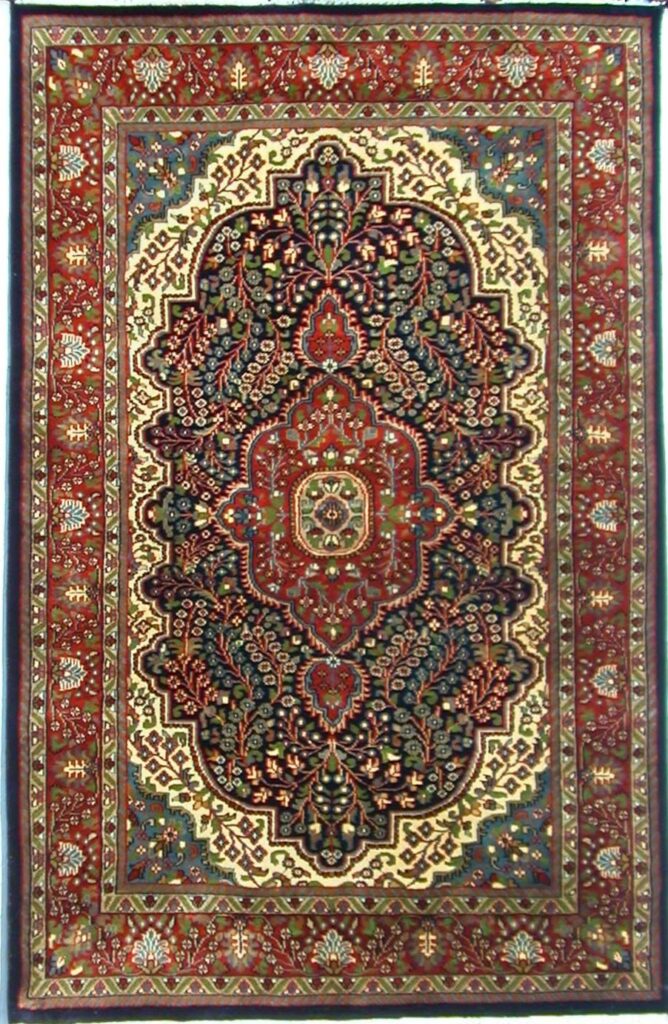Himachal Pradesh Rugs

Himachal Pradesh is a state in the northern part of India. Situated in the Western Himalayas, it is one of the eleven mountain states and is characterized by an extreme landscape featuring several peaks and extensive river systems.
Himachal Pradesh is the northernmost state of India and shares borders with the union territories of Jammu and Kashmir and Ladakh to the north, and the states of Punjab to the west, Haryana to the southwest, Uttarakhand to the southeast and a very narrow border with Uttar Pradesh to the South. The state also shares an international border to the east with the Tibet Autonomous Region in China. Himachal Pradesh is also known as ‘Dev Bhoomi’ or ‘Land of God’ and ‘Veer Bhoomi’ which means ‘Land of Braves’.
Indian rugs with Persian designs are woven in Himachal Pradesh like elsewhere in India. However the bulk of production woven by Tibetan refugees who fled their country in the mid-20th. Tibetans consider rug weaving as a sort of meditation. They have done it during millenniums. Tibetans who live in exile have continued to weave Tibetan rugs with the same technique and designs.
Technical aspects and the structure of Himachal Pradesh Rugs
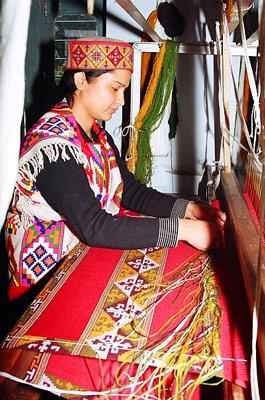
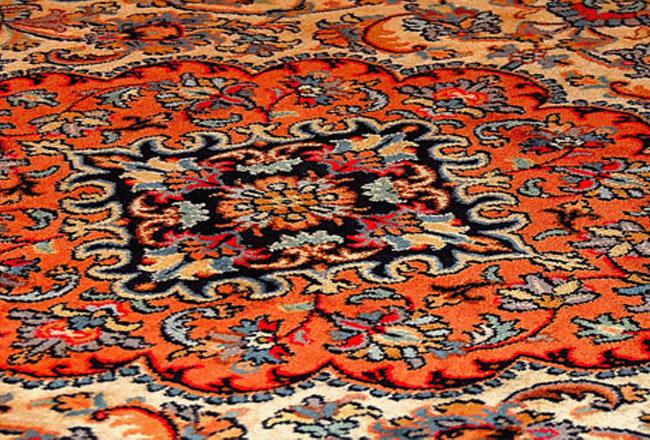
Dyeing and painting of Himachal Pradesh Rugs
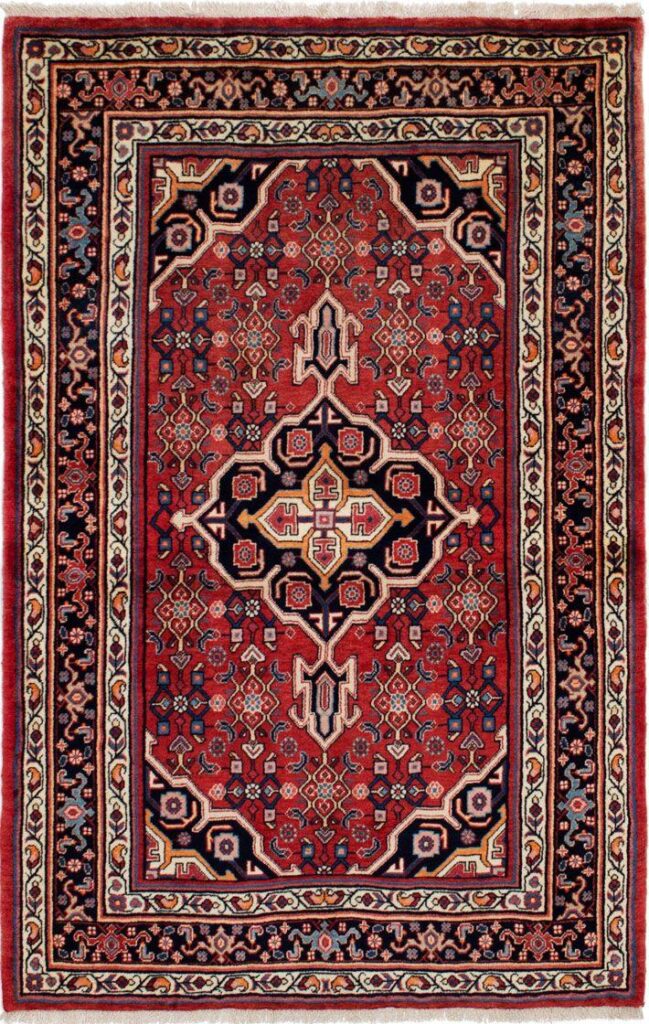
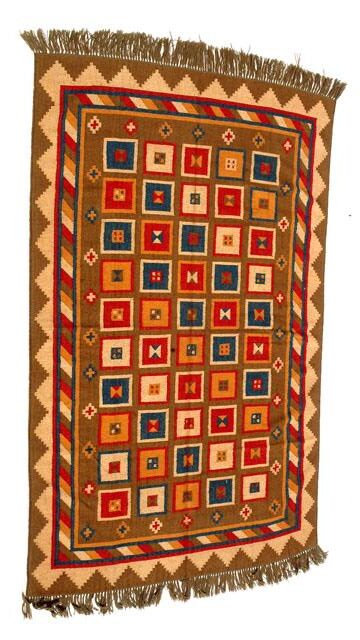
Designs and patterns of Himachal Pradesh Rugs
